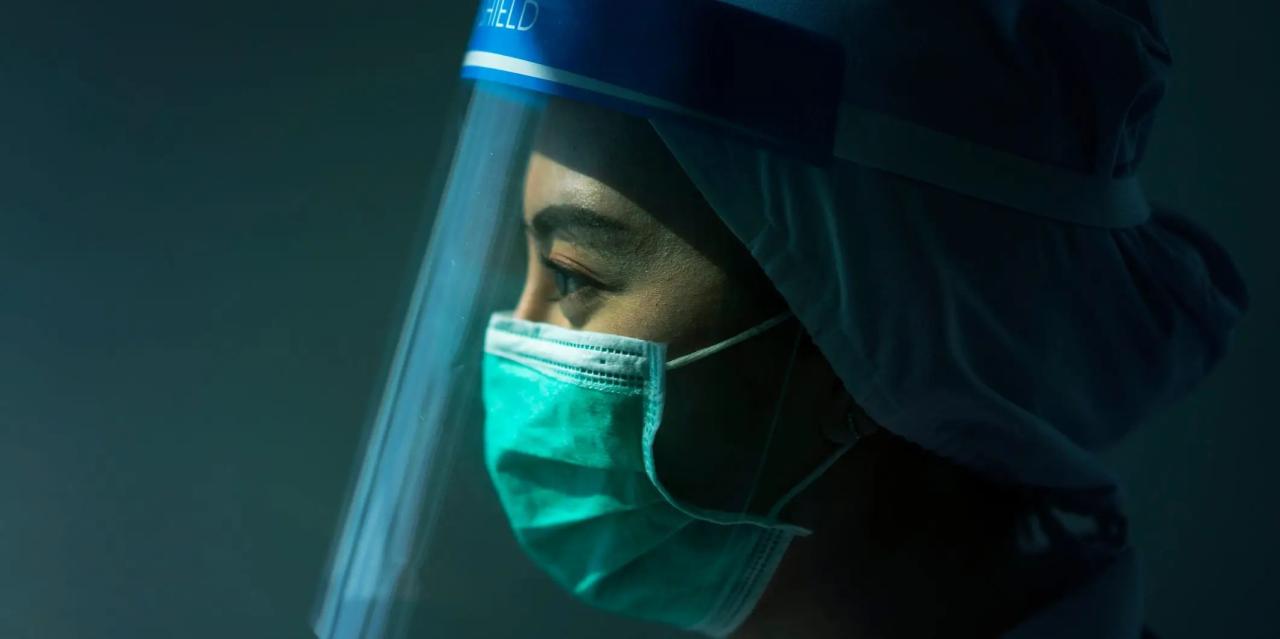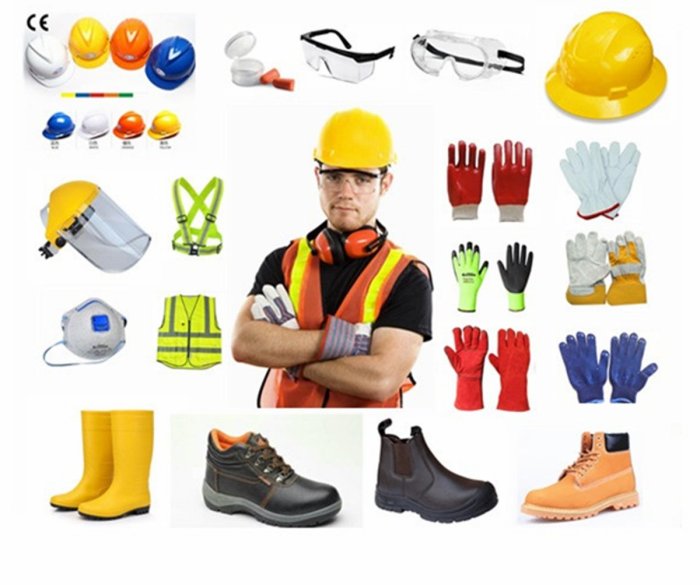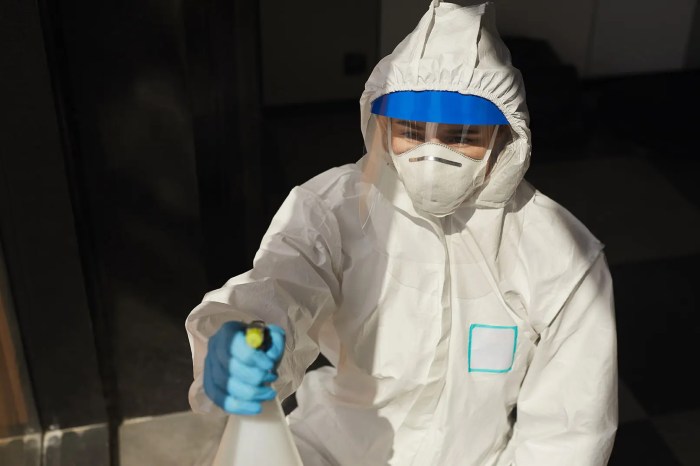Improperly cleaned or maintained ppe – Improperly cleaned or maintained personal protective equipment (PPE) poses significant risks to the health and safety of workers across various industries. This article delves into the potential hazards associated with using PPE that has not been adequately cleaned or maintained, exploring specific examples, discussing the consequences of neglect, and outlining best practices for effective PPE cleaning and maintenance.
Understanding the importance of proper PPE handling, this article also examines common mistakes in PPE cleaning and maintenance practices, providing tips and solutions to avoid these pitfalls. It emphasizes the crucial role of training and education for personnel in ensuring proper PPE handling and highlights the need for monitoring and enforcement of PPE cleaning and maintenance protocols.
1. Improper Cleaning and Maintenance of PPE
Understanding the Risks

Neglecting the proper cleaning and maintenance of personal protective equipment (PPE) poses significant risks to user safety. Improperly cleaned or maintained PPE can compromise its effectiveness, potentially leading to exposure to hazardous substances, injury, or even death.
Examples of PPE items that require proper cleaning and maintenance include respirators, gloves, eye protection, and protective clothing. Respiratory protection devices, for instance, must be cleaned and disinfected regularly to prevent the accumulation of contaminants and ensure optimal airflow.
Failure to adhere to PPE cleaning and maintenance protocols can result in severe consequences. Contaminated PPE can introduce pathogens into the body, increasing the risk of infection or disease. Damaged or malfunctioning PPE may fail to provide adequate protection against hazards, leaving users vulnerable to injury or exposure to harmful substances.
2. Best Practices for Cleaning and Maintaining PPE

Establishing clear guidelines for cleaning and maintaining different types of PPE is crucial to ensure its effectiveness and longevity. These guidelines should specify the recommended frequency and methods for cleaning and maintenance.
- Respirators: Regular cleaning and disinfection using approved methods are essential to prevent contamination and ensure proper airflow.
- Gloves: Gloves should be inspected for damage before each use and replaced or cleaned as necessary.
- Eye protection: Eye protection devices should be cleaned with appropriate solutions and stored in a protective case when not in use.
- Protective clothing: Protective clothing should be laundered according to the manufacturer’s instructions and inspected for damage before each use.
Proper storage and handling of PPE are also vital to prevent contamination and damage. PPE should be stored in a clean, dry, and well-ventilated area, protected from dust, moisture, and sunlight.
3. Common Mistakes in PPE Cleaning and Maintenance: Improperly Cleaned Or Maintained Ppe

Despite the importance of proper PPE cleaning and maintenance, common pitfalls and errors can occur. These mistakes can compromise the effectiveness of PPE and put users at risk.
- Inadequate cleaning:Failure to clean PPE thoroughly or using improper cleaning methods can leave behind contaminants that compromise its protective capabilities.
- Infrequent cleaning:Neglecting to clean PPE as frequently as recommended can lead to the accumulation of hazardous substances and reduced effectiveness.
- Incorrect storage:Improper storage of PPE, such as exposure to extreme temperatures or moisture, can damage the equipment and reduce its lifespan.
- Improper handling:Rough handling or improper use of PPE can damage or compromise its integrity.
Avoiding these mistakes is crucial to ensure the effectiveness and longevity of PPE. Training, education, and proper supervision are essential in preventing these errors.
Popular Questions
What are the most common mistakes in PPE cleaning and maintenance?
Common mistakes include using harsh chemicals, improper storage, and inadequate frequency of cleaning.
Why is training and education important for proper PPE handling?
Training helps personnel understand the importance of PPE, how to use it effectively, and the consequences of improper handling.
What are the consequences of non-compliance with PPE cleaning and maintenance protocols?
Non-compliance can lead to increased health risks, legal liabilities, and compromised safety.
